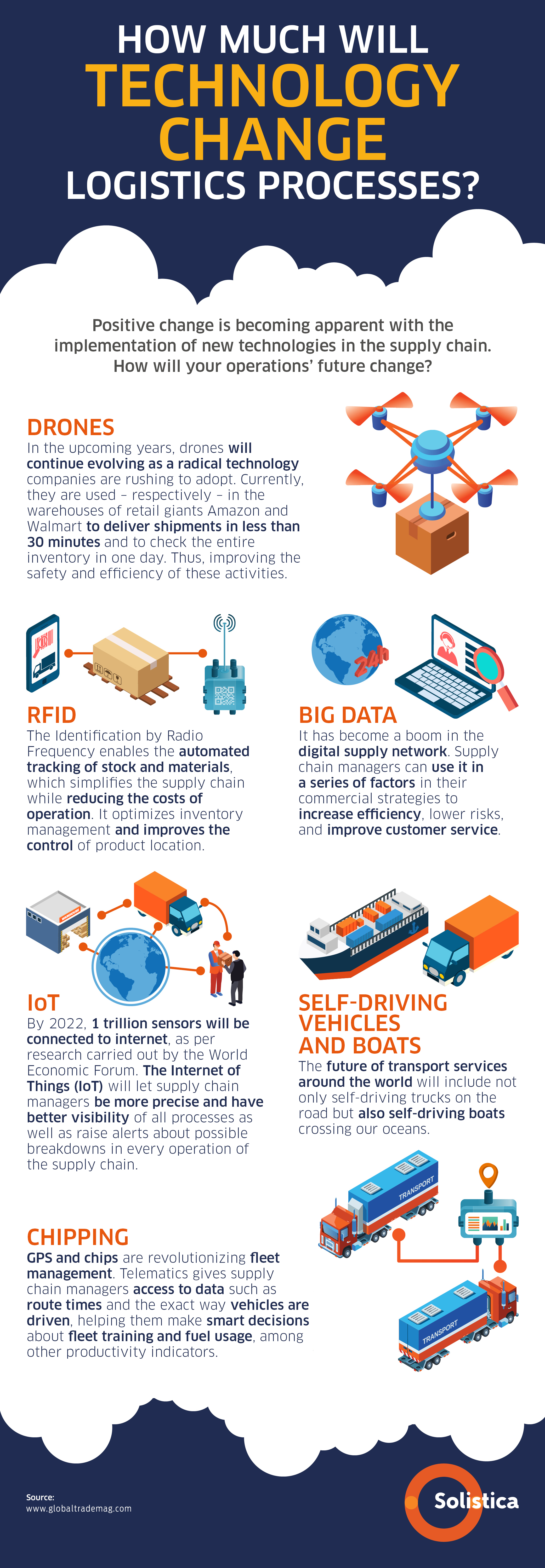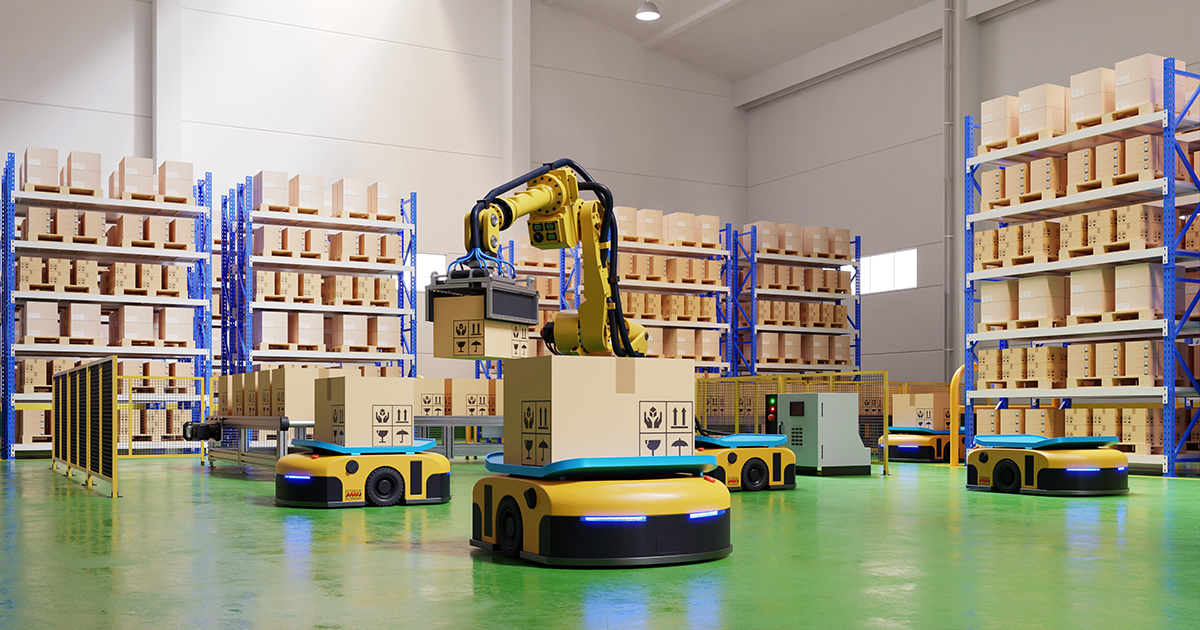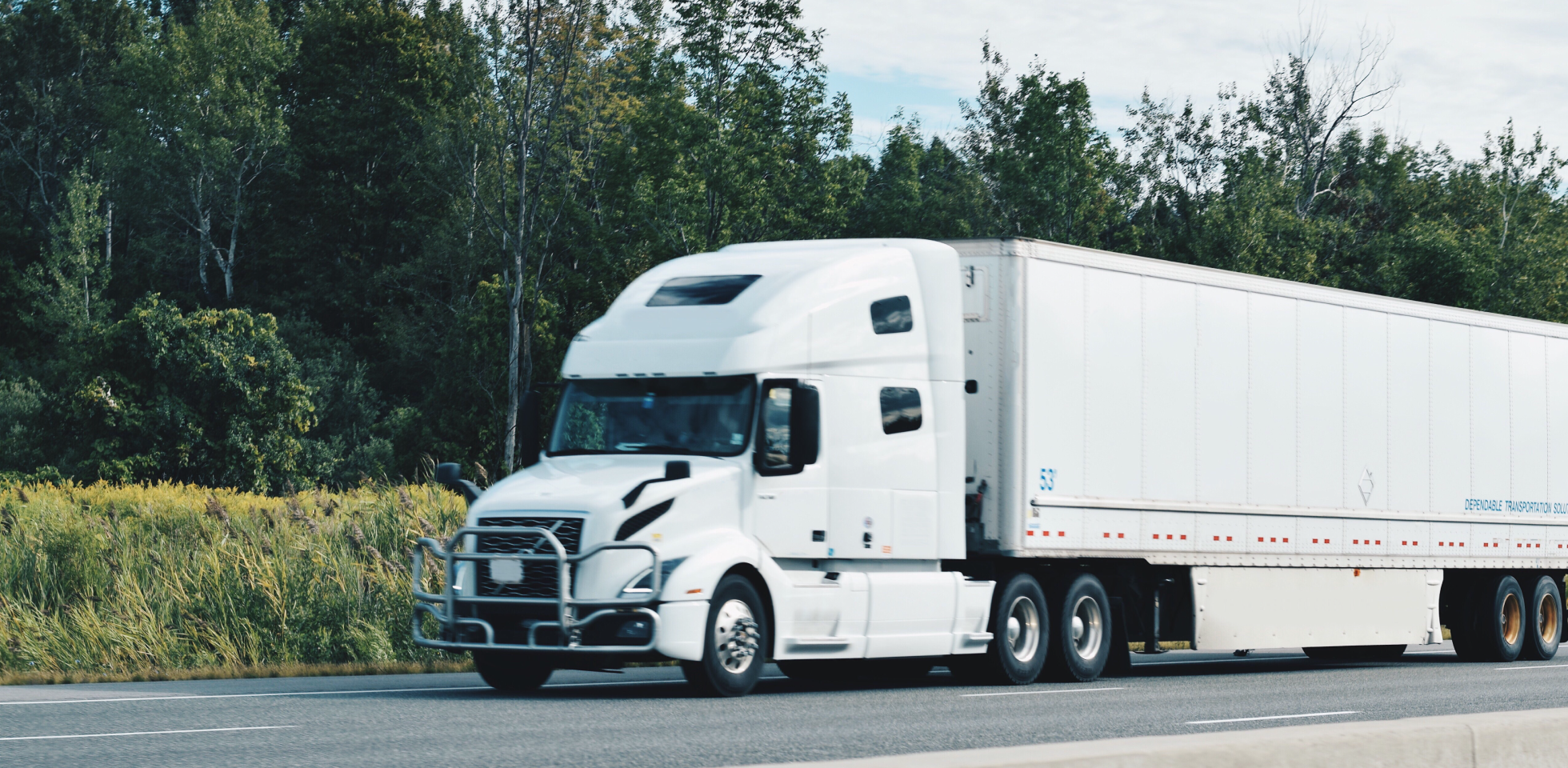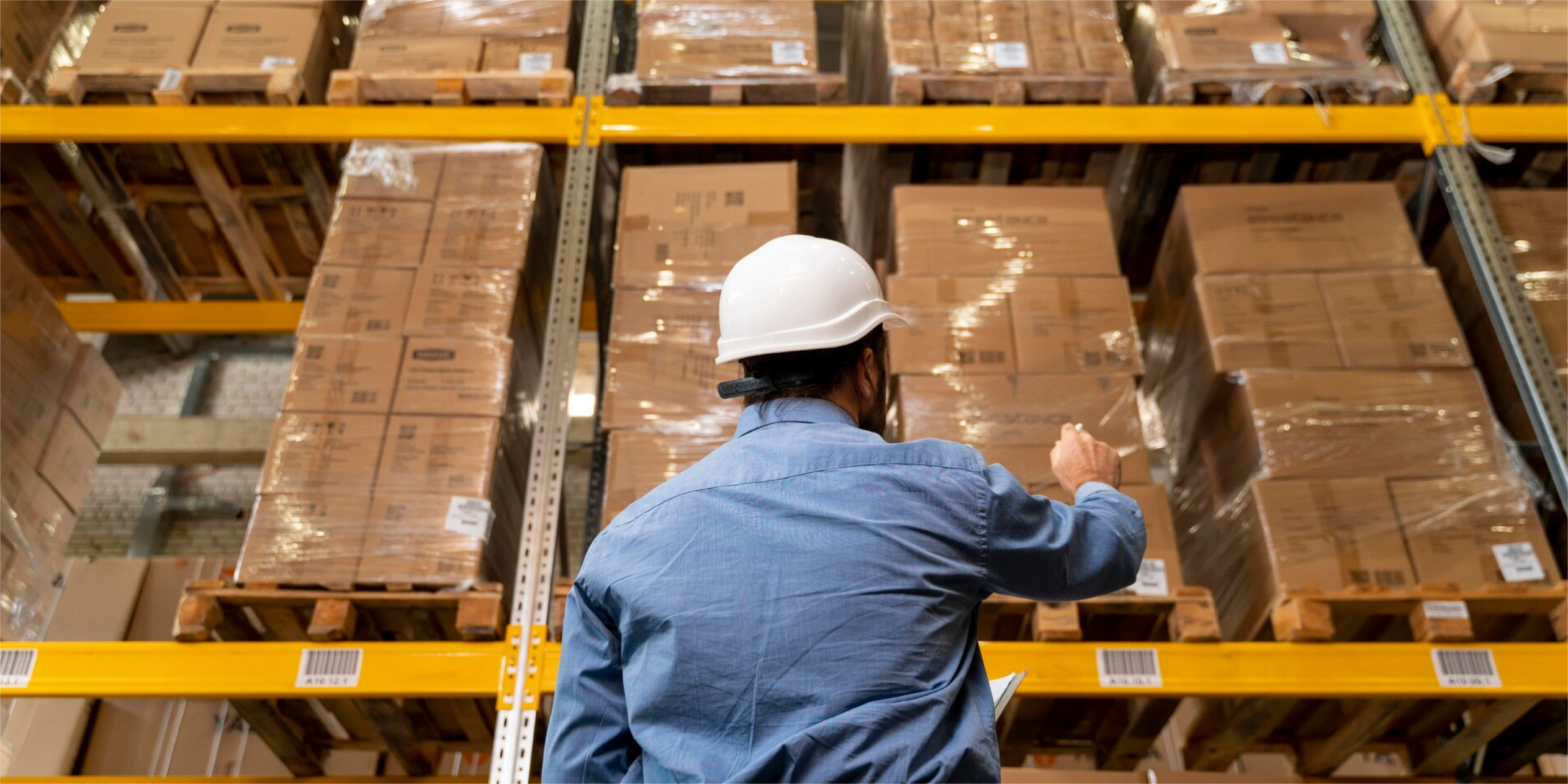Automating tasks using technology to reduce human intervention is, almost always and in all industries, synonymous with improving the quality and control of processes, making them more efficient while saving time, standardizing performance, and improving service levels.
For logistics, automation can and should happen in all operations, from control systems, machinery, and software in warehouses, distribution centers, and vehicles to customer service and reverse logistics. In other words, throughout the whole supply chain.
The Advantages
A highly automated organization offers great and relevant benefits:
- Data. By having real-time access to data and analyzing this information at any stage of the process, or better yet, during the entire process, we can offer reports that allow us to make better decisions.
- Speed Using logistics management software or technology brings agility to managing; for example, for warehouses and all storage operations, or for ports operations and container transfer, where using space better results in costs savings.
- Less mistakes, which generally result in a monetary loss for the business, for example, the manual input of data.
- More control. Automation can result in systems that offer the necessary flexibility to adapt to the company’s particular business rules. These systems can also be powerful enough to make all users follow its policies. Furthermore, they allow us to monitor loads in real time and, in general, allow us to connect all the stages of the process so we can have a broader view of what is happening with our inventories so we can foresee scenarios.
- Better customer service from several angles. For example, we can easily include shipping specifications and have complete visibility of the route while enjoying the fact that automation lowers uncertainty in response times.
Possible Disadvantages
However, the automation of organization may also present some disadvantages:
- Less flexibility for standardizing whole processes and changes made to them.
- We may find that we cannot make some processes more efficient by automating them.
- We must consider all the players in the supply chain (suppliers, manufacturers, clients, distributors, and so forth). This is no easy task as each one of them has its own peculiarities and some may be reluctant to embrace the automation technology solutions we have chosen.
- Sometimes, automated systems may take quite some time to be fully implemented and operational. This may result in a low, or slow, Return of Investment.
Trends and Tools
Management software is the first enhancing technology tool for automating logistics, followed closely by robotics. In fact, combining these elements has enabled trends such as smart warehouses, for example.
Robotics solutions for warehousing, supply, and loading and unloading equipment – to name just a few tasks - may become autonomous and programmable using logistics software in your business. In addition, they allow companies to enjoy the benefits of being connected to the network while in transit and of accessing big data.

This is what has brought about the strong emergence of the so-called logistics 4.0, a practice that uses digital technology to give a full view of the processes and of the distribution network.
Nevertheless, automation can be a long journey involving these stages: emerging, when we first set off on our journey to digitize and automate processes; maturity, where the technology has matured to a certain point but still has some room for growth; and, advanced, where we have made a lot of progress in our digitalization and automation efforts and where innovation has transformed our business model.
So, in any if these stages, investing in automating and modernizing logistics – or else outsourcing this function to specialists with this type of infrastructure – is already a necessity if we want to be competitive in the future.
*This blog was originally published on January 14 2022 and modified on July 5 2022.







